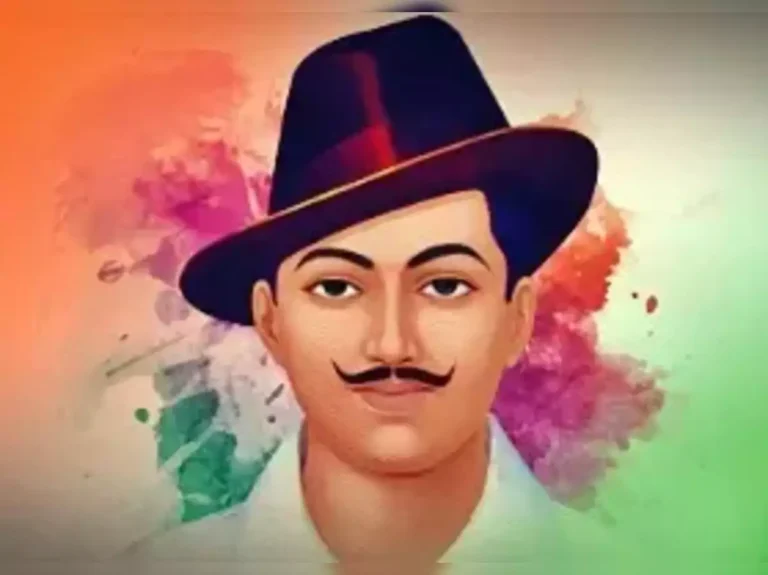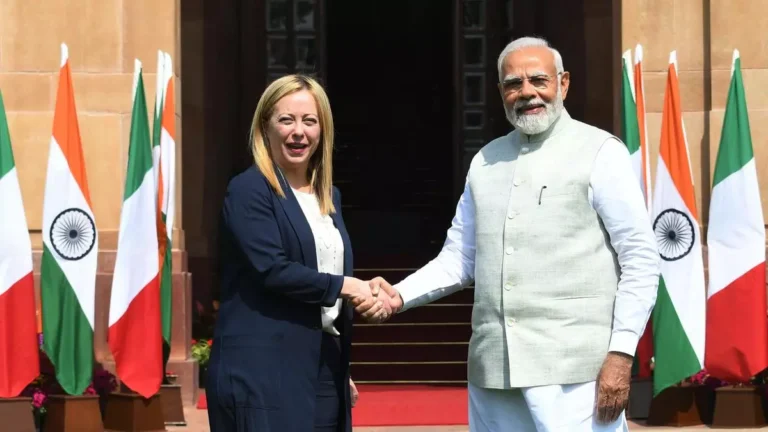
India, with its vibrant tapestry of cultures, languages, traditions, and religions, stands as a shining example of diversity in unity. From the snow-capped peaks of the Himalayas to the sun-kissed beaches of the Indian Ocean, India’s cultural landscape is as varied and enchanting as its geographical features. In this blog, we delve into the kaleidoscope of Indian culture, celebrating its diversity and exploring the myriad facets that make it a treasure trove of heritage and tradition.
1. Cultural Mosaic: A Symphony of Traditions
India’s cultural diversity is a testament to its long and storied history, shaped by centuries of interactions between indigenous civilizations, foreign invaders, and migrant communities. Each region of India boasts its own unique customs, cuisines, art forms, and festivals, reflecting the rich tapestry of influences that have shaped its identity. From the colorful festivities of Holi and Diwali to the sacred rituals of Eid and Christmas, India’s cultural calendar is replete with celebrations that bring people together in joyous harmony.

2. Linguistic Wealth: Towering Pillars of Expression
With over 1,600 languages spoken across the length and breadth of the country, India is a veritable melting pot of linguistic diversity. From the Dravidian languages of the south to the Indo-Aryan languages of the north, each language carries with it a unique heritage and identity. Hindi, English, Bengali, Telugu, Marathi, Tamil, Urdu – these are just a few of the languages that coexist and thrive in India, serving as bridges that connect people across regions and cultures.
3. Culinary Delights: A Feast for the Senses
Indian cuisine is renowned worldwide for its bold flavors, aromatic spices, and mouthwatering delicacies. From the fiery curries of the north to the coconut-infused dishes of the south, Indian food offers a tantalizing journey for the taste buds. Whether it’s indulging in street food delights like samosas and chaat or savoring the intricately spiced biryanis and kebabs of royal kitchens, the culinary landscape of India is as diverse as its cultural tapestry.
4. Artistic Expressions: Colors of Creativity
Art and craftsmanship have flourished in India for millennia, leaving behind a rich legacy of artistic expressions that span painting, sculpture, dance, music, and literature. From the intricate carvings of temples in Khajuraho to the graceful movements of classical dance forms like Bharatanatyam and Kathak, Indian art is a reflection of the country’s spiritual and cultural heritage. Contemporary artists continue to draw inspiration from tradition while pushing the boundaries of creativity, creating a dynamic fusion of old and new.
5. Unity in Diversity: Strength in Pluralism
Despite its vast cultural diversity, India is bound together by a shared ethos of pluralism, tolerance, and inclusivity. The concept of “unity in diversity” lies at the heart of Indian identity, fostering mutual respect and understanding among people of different faiths, languages, and backgrounds. This spirit of unity has been a source of resilience and strength throughout India’s history, enabling it to overcome challenges and thrive as a vibrant democracy in the modern world.

In conclusion, Indian culture is a celebration of diversity, a testament to the rich tapestry of human experience that transcends boundaries and connects people in shared heritage and values. By embracing its cultural wealth and fostering a spirit of inclusivity, India continues to inspire the world with its resilience, creativity, and boundless potential.




